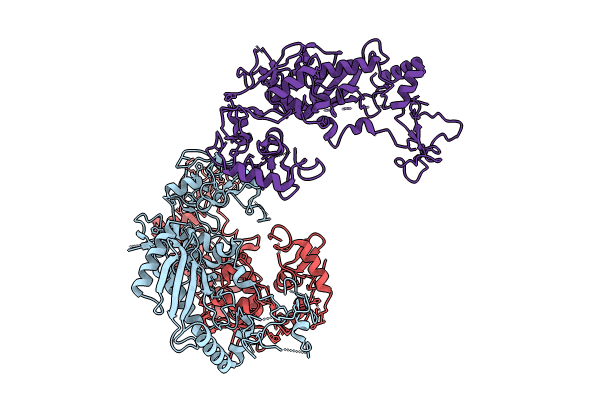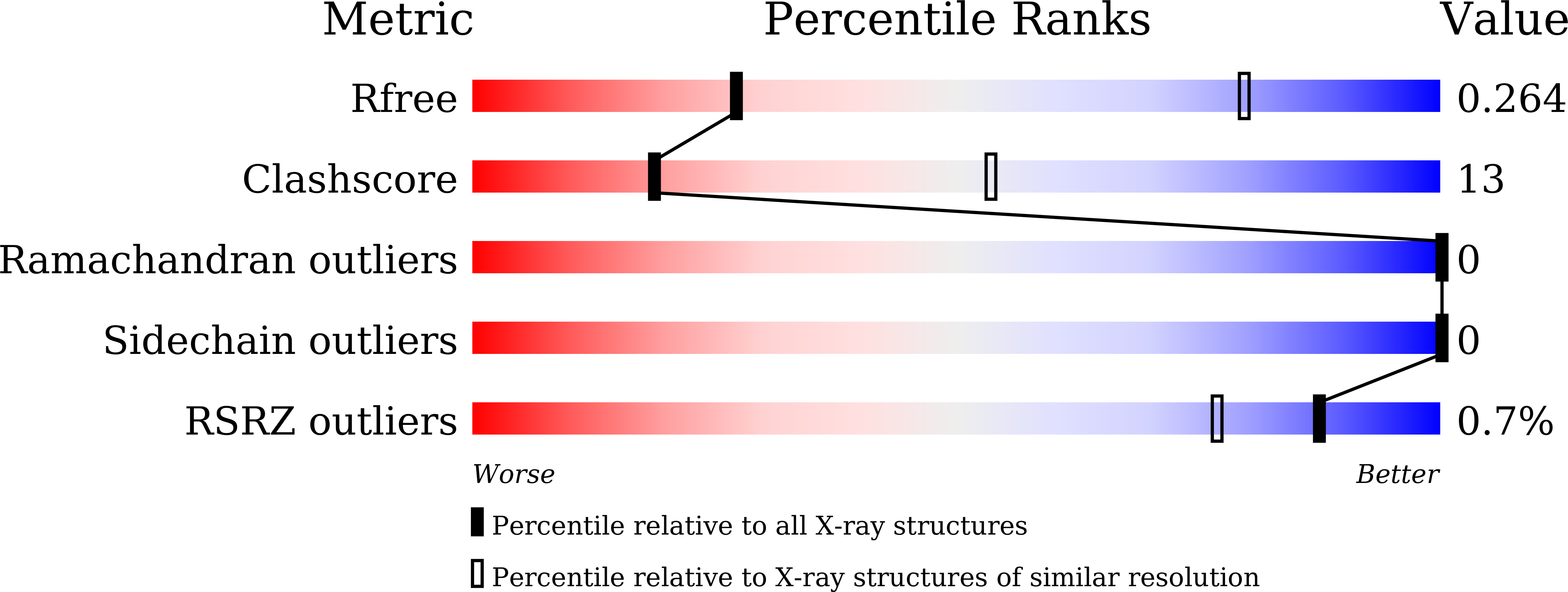
Deposition Date
2023-06-29
Release Date
2023-12-20
Last Version Date
2024-01-10
Entry Detail
PDB ID:
8JWU
Keywords:
Title:
PHD Finger Protein 7 (PHF7) fused to UBE2D2 via a (GSGG)3 linker
Biological Source:
Source Organism:
Mus musculus (Taxon ID: 10090)
Homo sapiens (Taxon ID: 9606)
Homo sapiens (Taxon ID: 9606)
Host Organism:
Method Details:
Experimental Method:
Resolution:
3.58 Å
R-Value Free:
0.26
R-Value Work:
0.21
R-Value Observed:
0.22
Space Group:
C 1 2 1


